BITS BLOG
The Hidden Vulnerabilities in Remote Workforce Tools and How to Fix Them
Remote work is here to stay. So are the risks that come with it.
For many businesses, tools like Zoom, Microsoft Teams, Slack, and cloud file shares are essential to daily operations. They improve flexibility, reduce overhead, and keep teams connected across time zones. But these same tools, if not properly secured, create gaps that attackers are actively exploiting.
The problem is not the technology itself. It is the false sense of security that often surrounds it.
In this article, we examine the most common hidden vulnerabilities in today’s remote workforce stack and offer a practical plan to strengthen your defenses without slowing your team down.
Your Attack Surface Has Expanded
The days of relying on a secure office network are behind us. Today, your users:
- Log in from personal laptops
- Use unsecured home routers
- Share files in unauthorized applications
- Access company data from mobile devices
While tools like Microsoft 365 and Zoom are built for enterprise use, they are often configured without the safeguards those environments require.
This shift has introduced new risk exposure points across collaboration, communication, and file-sharing platforms, most of which are outside traditional IT oversight.
The Top 5 Remote Workforce Vulnerabilities
1. Over-Permissioned Accounts and Guest Access
Many organizations allow external collaborators into Teams or Slack workspaces with little control. These accounts often have no expiration dates, and internal permissions can pile up over time.
Risk: If one account is compromised, an attacker can access files, messages, and other systems laterally.
Fix: Use role-based access controls. Review guest access every quarter. Set automatic expiration dates for shared links and temporary users.
2. Lack of MFA or Conditional Access Policies
Not all collaboration tools require multi-factor authentication (MFA) by default. Some employees reuse weak passwords across different platforms.
Risk: A single stolen credential can lead to data theft, account takeover, or ransomware infection.
Fix: Enforce MFA on all remote tools. Implement conditional access rules that block logins from risky countries, untrusted devices, or unusual IP addresses.
3. Unmonitored File Sharing and Shadow IT
Users often turn to tools like Google Drive, Dropbox, or WeTransfer without IT’s approval. These services may lack encryption, audit trails, or recovery features.
Risk: Sensitive data can leave your environment without visibility, control, or revocation options.
Fix: Roll out data loss prevention (DLP) policies. Set clear guidelines for approved tools and monitor for unauthorized sharing. Train staff on safe file handling practices.
4. Insecure Personal Devices and Networks
Remote employees may rely on personal laptops, shared home Wi-Fi, or mobile devices that do not meet your security standards.
Risk: Devices might be missing antivirus protection, critical patches, or endpoint monitoring. Home networks can expose traffic or allow lateral movement by threat actors.
Fix: Provide company-managed hardware when possible. Require device health checks before access. Use secure remote access tools like Zero Trust Network Access (ZTNA) and educate users on safer home network practices.
5. Lack of Logging and Visibility Across Tools
In a remote-first environment, IT teams often cannot see what users are doing or where sensitive data is stored and shared.
Risk: Incidents may go undetected, and investigations lack forensic evidence. Compliance reporting becomes unreliable.
Fix: Centralize logging from communication, file-sharing, and collaboration platforms. Consider a lightweight SIEM or MDR provider to support detection and audit readiness.
What Leadership Should Know
This is not about locking down your workforce or slowing productivity. It is about understanding that:
- Business systems are now decentralized
- Every device and connection represents a potential attack path
- Visibility, policy enforcement, and user education are essential to control
Securing remote tools is no longer just a technical requirement. It is a strategic responsibility.
How BITS Cyber Helps
At BITS Cyber, we work with organizations to:
- Audit and harden remote access configurations across Microsoft 365, Zoom, Slack, and more
- Build practical data classification strategies and protection policies
- Deploy scalable endpoint security and access management via one of our trusted partners
- Connect cybersecurity controls to real business outcomes using the Business Change Tolerance model
Whether your team is hybrid, fully remote, or distributed across global locations, we help make security practical, scalable, and aligned with your business objectives.
